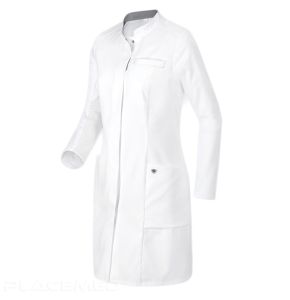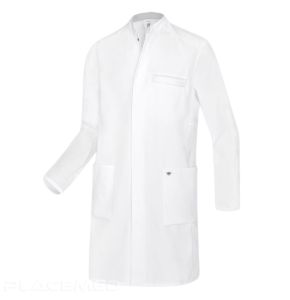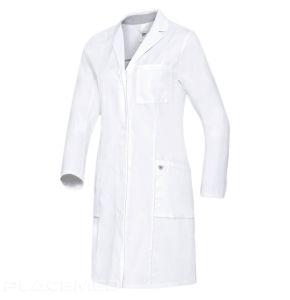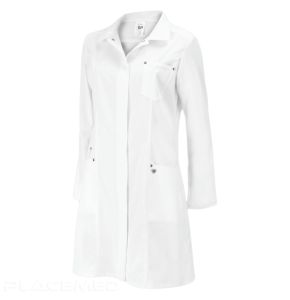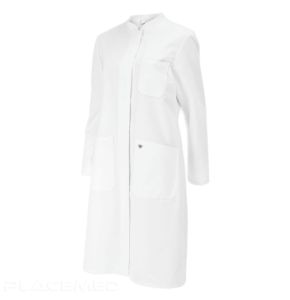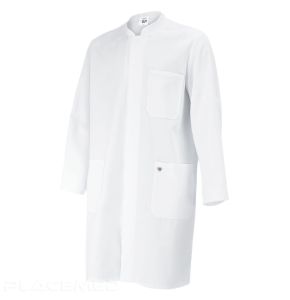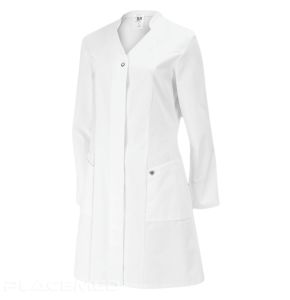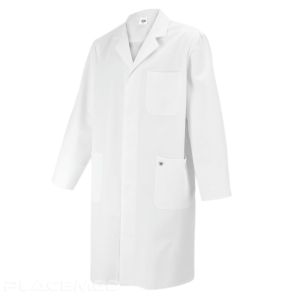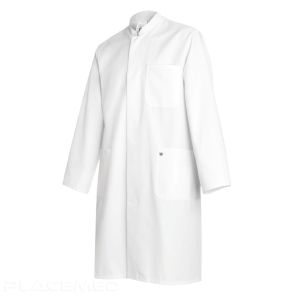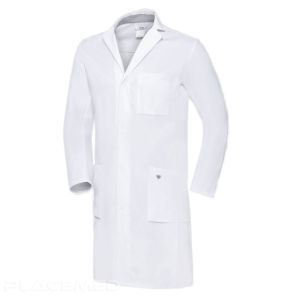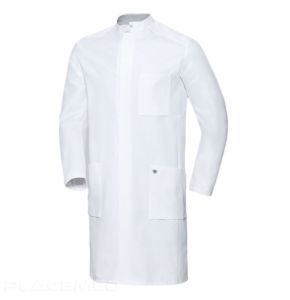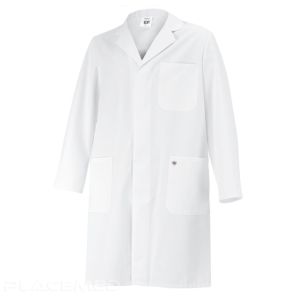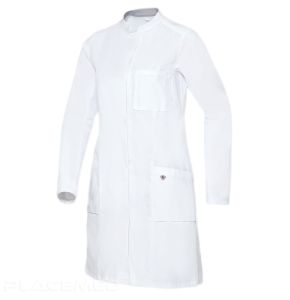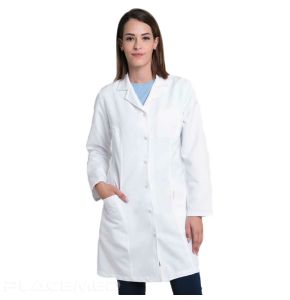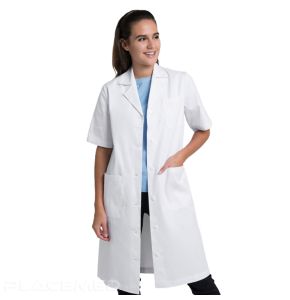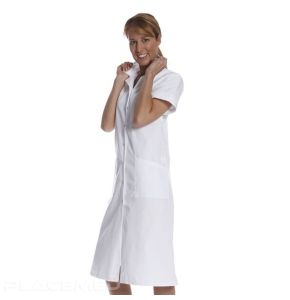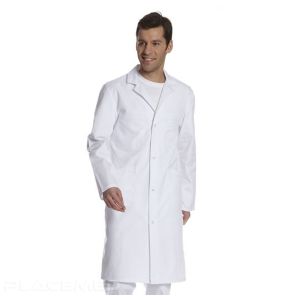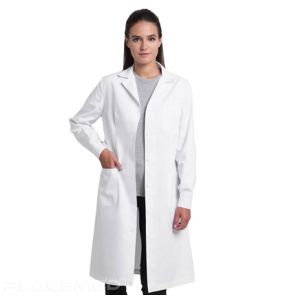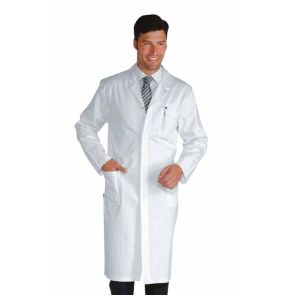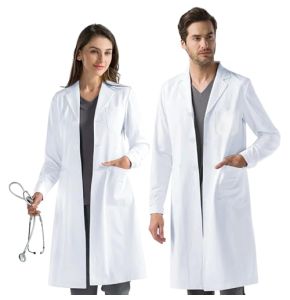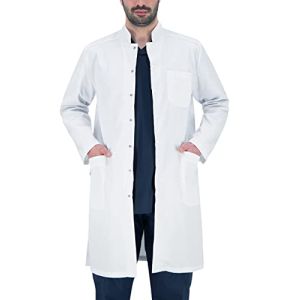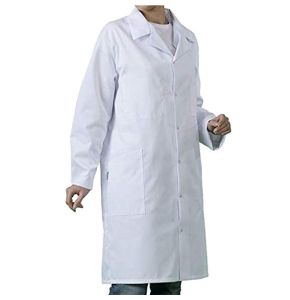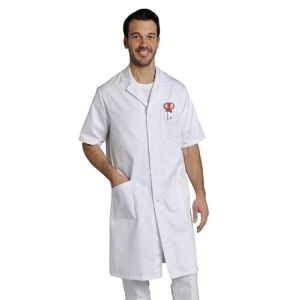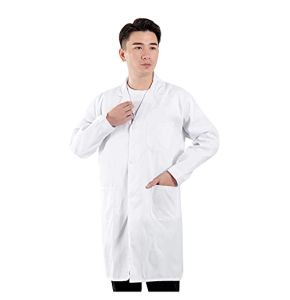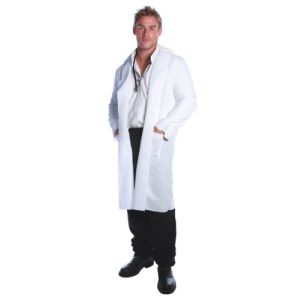Blouse médicale
BP-1746-684-21 10/04/2024 494 grande taille pour toutes les morphologies
BP-1747-684-21 10/04/2024 504 tenue médecin femme
BP-1754-130-0021 10/04/2024 349 manches courtes & manches longue
BP-1699-130-21 10/04/2024 340 infirmière aide soignante
BP-4874-684-21 10/04/2024 362 large choix vêtement médical
BP-1614-130-21 06/04/2024 328 tenue médicale femme
BP-1654-130-21 09/04/2024 290 grande taille pour toutes les morphologies
BP-4866-130-21 10/04/2024 289 tenue médecin femme
BP-1619-130-21 07/04/2024 615 manches courtes & manches longue
BP-1626-130-21 09/04/2024 275 infirmière aide soignante
BP-1753-130-0021 10/04/2024 322 large choix vêtement médical
BP-1751-130-0021 10/04/2024 376 tenue médicale femme
BP-1656-130-21 10/04/2024 237 grande taille pour toutes les morphologies
BP-1752-130-0021 10/04/2024 300 tenue médecin femme
GSHG-WMAZA07_90 31/01/2024 696 manches courtes & manches longue
Blouse Blanche à Manches Longues - Coupe Très Féminine - Blouse Infirmière Creyconfé Modèle Arles
CRY-C40011*2217/000-L 12/06/2024 427 infirmière aide soignante
CRY-C40011*2142/000-L 08/04/2024 740 large choix vêtement médical
CRY-C50315*3026/000-L 12/06/2024 444 tenue médicale femme
CRY-C50315*2167/000-L 07/04/2024 901 grande taille pour toutes les morphologies
CRY-C40618*2167/000-C 08/04/2024 276 tenue médecin femme
CMG 24425 10/02/2024 550 manches courtes & manches longue
CMG 24426 10/02/2024 650 infirmière aide soignante
CRY-C40618*2167/000-L* 08/04/2024 246 large choix vêtement médical
CRY-C41608*2167/000-C 08/04/2024 929 tenue médicale femme
CRY-C40091*2142/000-L 08/04/2024 393 grande taille pour toutes les morphologies
GGG103622U 19/01/2024 538 tenue médecin femme
GSHG-WMEDE07_90 31/01/2024 581 manches courtes & manches longue
B0D5D5GGCJ 21/10/2024 1 infirmière aide soignante
B0933GQCZ5 21/10/2024 3 large choix vêtement médical
B08PKSZ8NZ 21/10/2024 1 tenue médicale femme
B09G9SQNPC 21/10/2024 grande taille pour toutes les morphologies
B0DDKJ29YJ 21/10/2024 tenue médecin femme
B0DDKLC76M 21/10/2024 manches courtes & manches longue
B0DCZ49892 21/10/2024 infirmière aide soignante
B0DDXB9PNK 21/10/2024 2 large choix vêtement médical
B0CRZBHY7K 21/10/2024 tenue médicale femme
B0CJ2R2F9W 21/10/2024 1 grande taille pour toutes les morphologies
B06Y437DRX 21/10/2024 tenue médecin femme
B07XXZQDDV 21/10/2024 2 manches courtes & manches longue
Blouse de laboratoire en coton sanforisé, fabriquée en Italie, pour homme, blanc, Homme, Bianco
B06XYNK1GQ 21/10/2024 1 infirmière aide soignante
Choisissez votre blouse blanche avec style !
Bienvenue dans notre stand de marketplace dédié à la blouse médicale, spécialement conçu pour répondre aux exigences des professions médicales. Que vous soyez aide-soignante, médecin, chirurgien ou un autre professionnel de santé, nos blouses vous protègent. Elles sont confortables et élégantes. Elles vous accompagnent tout au long de la journée.
Pourquoi acheter une blouse médicale de qualité ?
La blouse médicale n'est pas seulement un vêtement de travail ; elle est essentielle pour assurer votre sécurité et celle de vos patients. Un modèle de qualité supérieure protège contre les infections et les contaminants, tout en offrant une présentation professionnelle. De plus, une tenue de travail bien ajustée améliore votre mobilité et votre confort, indispensable pour les journées chargées en milieu médical.
Comment choisir la bonne blouse blanche ?
Le choix d'une blouse médicale dépend de plusieurs critères, notamment :
- Matériaux et respirabilité : choisissez des matériaux qui laissent passer l'air. Cela est important si vous travaillez toute la journée. Les tissus de haute qualité assurent également une durabilité et une facilité d'entretien.
- Taille et ajustement : il est important de choisir la bonne taille pour garantir un confort optimal et une liberté de mouvement. Et nos modèles s'adapter parfaitement à toutes les morphologies.
- Style et fonctionnalité : sélectionnez un style qui correspond à votre profession et à vos préférences personnelles. Toutes nos tenues médecin femme et homme offrent une variété de styles sans compromettre la fonctionnalité.
- Facilité d'entretien : privilégiez des modèles faciles à laver et à entretenir, surtout si vous devez les utiliser au quotidien. Les modèles qui se réutilisent sont souvent plus économiques à long terme.
Innovations et technologies des blouses médicales modernes
Les tenue de travail en mileu médical évoluent constamment grâce aux avancées technologiques et aux innovations matérielles. Découvrez les dernières tendances qui améliorent à la fois la sécurité et le confort des professionnels de santé :
- Tissus antimicrobiens : les nouvelles blouses sont souvent traitées avec des agents antimicrobiens. Cela réduit la croissance des bactéries. Ainsi, elles offrent une protection supplémentaire contre les infections nosocomiales.
- Matériaux éco-responsables : de plus en plus de marques fabriquent des blouses avec des matériaux recyclés ou biodégradables. Elles ne sacrifient ni la durabilité ni le confort.
- Technologie de gestion de l'humidité : certaines blouses utilisent des tissus respirants et à séchage rapide. Ces tissus évacuent la transpiration. Ils garantissent fraîcheur et confort tout au long de la journée.
- Design Ergonomique : les coupes modernes permettent plus de liberté de mouvement. Elles ont aussi des fonctionnalités pratiques. Par exemple, il y a des poches bien placées, des fermetures éclair discrètes et des poignets ajustables.
Guide d'entretien pour augmenter la durée de vie de votre blouse médicale
Prendre soin de votre tenue de travail est essentiel pour garantir sa longévité et maintenir ses propriétés protectrices. Voici quelques conseils pratiques pour un entretien optimal :
- lavage approprié : lavez votre tenue après chaque utilisation à une température recommandée par le fabricant. Utilisez des détergents doux pour préserver les fibres et les traitements spéciaux comme les propriétés antimicrobiennes.
- Séchage et repassage : privilégiez le séchage à l'air libre ou utilisez un sèche-linge à basse température pour éviter le rétrécissement. Repasser à une température modérée permet de conserver la forme et l'aspect professionnel de l'uniforme.
- Stockage correct : rangez vos blouses médicales dans un endroit propre et sec. Évitez la lumière directe du soleil pour prévenir la décoloration. Utilisez des cintres appropriés pour éviter les plis et déformations.
- Inspection régulière : vérifiez régulièrement l'état de votre tenue pour détecter d'éventuelles déchirures, usures ou dysfonctionnements des fermetures. Remplacez les éléments endommagées pour garantir une protection continue.
Blouses médicales écologiques : un choix durable !
Opter pour des blouses médicales éco-responsables est un geste bénéfique pour l'environnement et pour votre image professionnelle. Découvrez les avantages et les options disponibles :
- Matériaux durables : les uniformes faits de fibres recyclées, de coton bio ou de tissus biodégradables diminuent l'impact sur l'environnement. Ils offrent aussi une meilleure qualité. Production éthique : choisissez des marques qui respectent des normes élevées en matière de conditions de travail et de pratiques de fabrication responsables.
- Production éthique : choisissez des marques qui respectent des normes élevées en matière de conditions de travail et de pratiques de fabrication responsables.
- Réduction des déchets : les blouses réutilisables et durables réduisent les déchets textiles des produits jetables. Cela aide à rendre le secteur médical plus écologique.
- Certifications écologiques : cherchez des certifications comme GOTS (Global Organic Textile Standard) ou OEKO-TEX. Elles garantissent que les vêtements respectent des critères stricts de durabilité et de sécurité.
 English
English 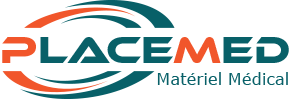
 Devis
Devis  Panier
Panier 